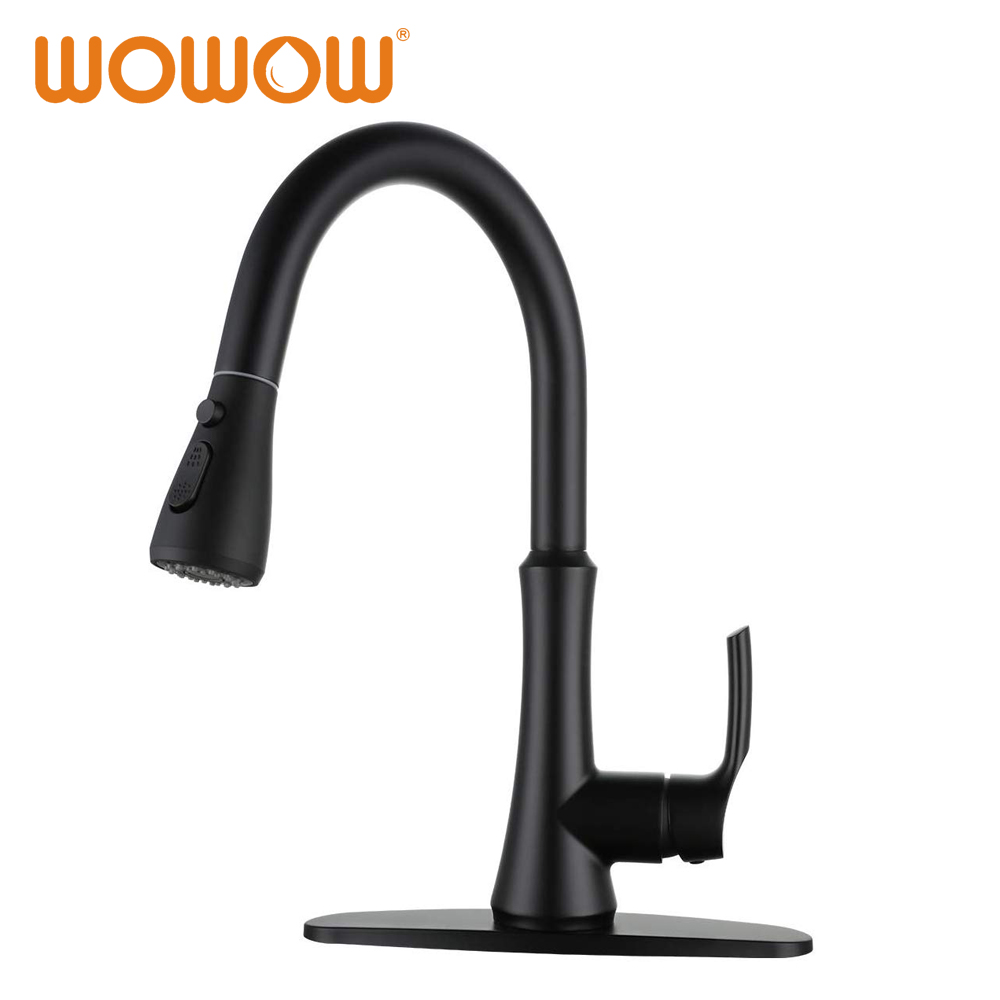
HOW TO DIFFERENT IF THE TAPES USE WASHER OR CARTRIDGE.
In this guide we will show you how to repair a leaky faucet and everything you will need to know to get the job done with as little effort as possible. Ignoring a leaky faucet is not a good idea, it is better to repair the faucet as soon as possible to avoid more serious damage and make repair easier. By making the decision to repair a leaking faucet, you will stop wasting water.
Traditional faucets are easier to repair as you only need a pack of different size rubber grommets (available at any local hardware store) and a little knowledge. However, modern faucets like monoblocks are a little different from fixing. These are based on ceramic disc technology, so you will need to contact the supplier to order the correct faucet part.
The good thing about all this is that under normal circumstances the cartridge should not wear out for ten to fifteen years.
IMPORTANT NOTES:
Before starting to repair a faucet, it is necessary to turn off the water supply.
Usually you can identify if your faucet uses rubber grommets or ceramic discs, you just have to turn the handle. If the faucet uses ceramic discs, then the handle will only rotate a quarter to half a turn. If the handle rotates more than that, your faucet uses rubber grommets.
Some basin mixer taps use a specific ceramic cartridge, depending on the manufacturer, so you should check before purchasing a replacement.
If your taps use ceramic discs you will need to replace the entire cartridge, but if they use a rubber washer, you will only need to replace it.
The main leaks cause of your white or black kitchen faucet is because the o-ring (or washers) is worn, in some faucets you can find them in the body of the valves. Once gaskets have been replaced, water leakage may continue, so check that all O-rings are not worn.
However, with older taps the cause of the leak is almost always the O-ring. Look inside the tap and if the gasket is only damaged on one side, you can invert it and place it on the other side. This is a temporary solution, so you should change it for one new as soon as possible.
When opening and closing the taps, be sure not to over-tighten them as this can cause the rubber washers to wear out faster. Faucets with rubber grommets and compression gaskets tend to leak a few times after turning them off, but there is no need to continue to tighten the faucet. It simply allows the waste water to drip. You will not need to remove the faucet to stop the leak.
If you have questions about a leaky faucet, it is always best to contact a qualified professional to avoid damage or to void your faucet warranty.
TOOLS TO USE
* Small flat head screwdriver.
* Adjustable or adjustable wrench.
* 2 mm Allen key.
* Access to the shut-off valve.
* Replacement Ceramic Cartridge.
thanks for reading

